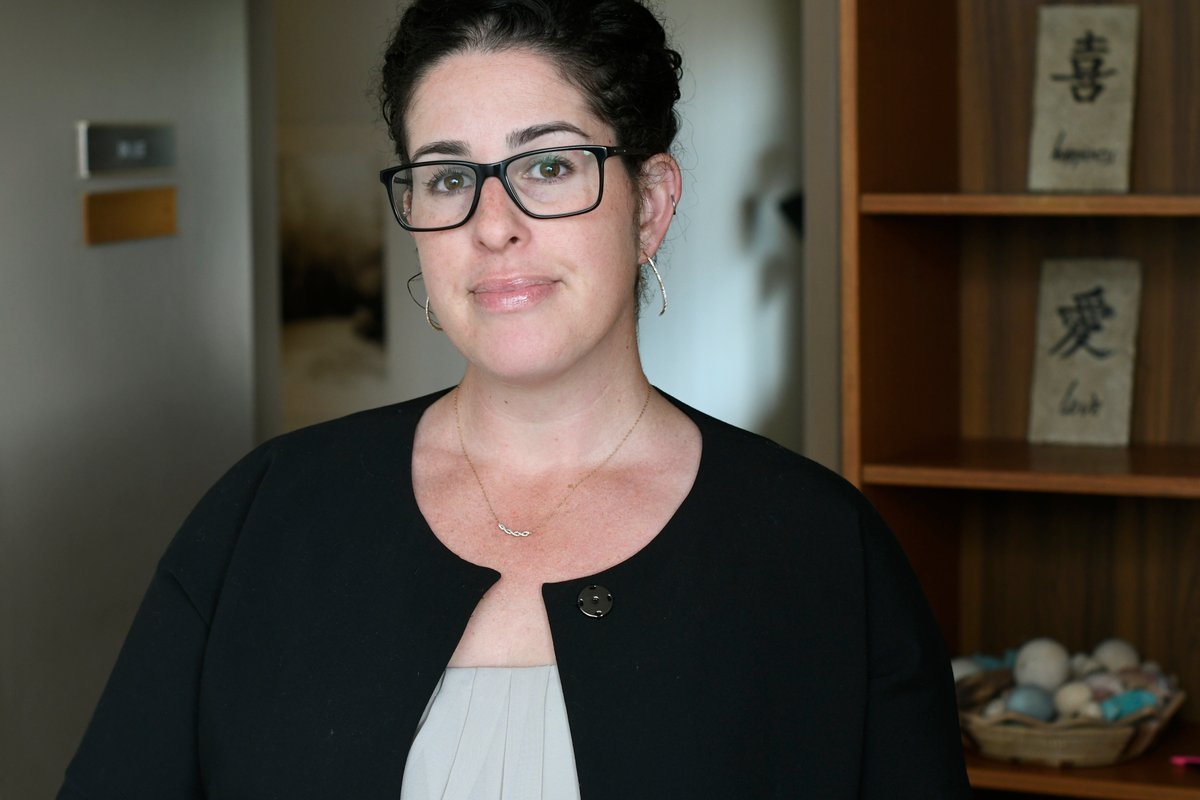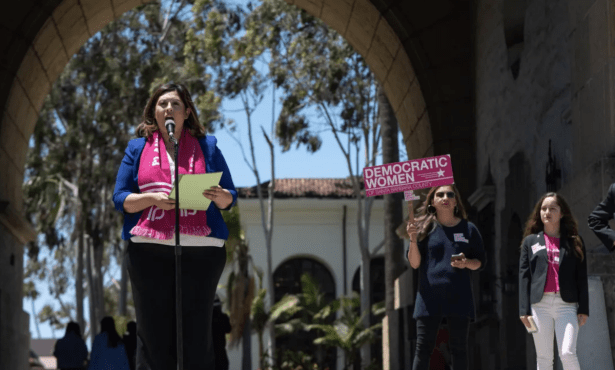A Police Standoff in Santa Barbara Ends Well
Pandemic Makes Greater Demands on the Mental-Health Network

November has been rough. Two pedestrians got killed, perhaps accidentally but maybe on purpose, while walking on separate unlit roads late on Friday night. A 44-year old man from Texas fell off La Cumbre overpass onto the freeway below the week before. Nobody got up and walked away. And on the 700 block of Westmont Road, a woman in her fifties barricaded herself in her house for five hours last Wednesday as more than a dozen city police officers played a waiting game while persuading her to come out.
When cops first arrived on the scene, they thought they were responding to a domestic violence dispute. But they found the spouse safely outside, having sustained unspecified damage while inside. In the words of police spokesperson Anthony Wagner, “The female subject used an array of household items as weapons that injured her spouse.” When pressed for more specificity, Wagner added only that “kitchenware” had been deployed. The damage inflicted was bad enough for an arrest warrant, but not bad enough to require an ambulance ride to the hospital.
It soon became apparent, however, that the incident was more complicated. The female subject, as Wagner had described her, refused to come out. She expressed interest in having the police shoot her. Police came to the conclusion that the origin to the standoff — which involved more than a dozen cops, including members of the SWAT team — might be more “medical” in origin than criminal. Or more precisely, as reported elsewhere, the woman had suffered from mental-health outbursts stemming from a recent medical condition.
Get the top stories in your inbox by signing up for our daily newsletter, Indy Today.
The cops settled in for the long haul. They established a perimeter. They blocked off the street. And they maintained constant contact with the woman via telephone. “We wanted to slow everything down. We wanted to de-escalate the situation,” Wagner said. “We wanted to protect the sanctity of life.”
Helping with that de-escalation was one of the three co-response teams now working for the County of Santa Barbara. These teams include one Sheriff’s deputy and one caseworker from the county’s Behavioral Wellness Department. The whole point of their existence is to keep encounters between law enforcement officers and people with mental illness from ending up with somebody dead. People in the throes of a mental-health crisis, it turns out, do not respond well to orders issued from someone deploying the command-and-control voice of law enforcement. De-escalation is a martial art of sorts, requiring specialized training.
In this case, the co-response team did what co-response teams are supposed to do. They tapped into their respective databases to find out if the woman had a criminal or mental-health history that might be relevant to negotiators. They talked to family members to find out what might help calm her down, whether she’s exhibited these symptoms before, whether there’s been a change in medication, and if there were certain topics to stay away from. Their supervisor, Dr. Cherylynn Lee, spoke with the woman’s doctor. They got the picture. A waiting game ensued. After about five hours, the woman agreed to come out. She was then medically evaluated in a waiting ambulance, arrested, charged, and booked into County Jail.
With or without COVID, this dance is taking place with greater frequency as law enforcement agencies throughout the nation find themselves under intense scrutiny over the use of force, lethal or otherwise. But since COVID, the challenges that mentally ill people pose to law enforcement officers — and vice versa — has intensified.
In Santa Barbara, which has a long history of not having enough psychiatric hospital beds, this is especially true. County mental-health workers have long had to ship psychiatric patients who pose an imminent threat to themselves or to others to out-of-county facilities. A locked psychiatric hospital in Encinas stopped taking patients from Santa Barbara County after a dispute over reimbursement rates. County officials say the dispute was quickly resolved; mental-health advocates say this has caused a continuing log jam. Either way, there’s not enough beds.
In the meantime, the county has upped its commitment to co-response interventions. A year ago, there was one team; today there are two-and-a-half. According to Dr. Lee, the number of mental-health calls for service has significantly increased since the pandemic, both in number and severity. Between March and October, she said Sheriff’s deputies have received 2,165 calls involving someone with a mental-health problem. Of those, she said, co-response teams were dispatched to nearly 60 percent. Because of their involvement, she stated, only 16 have resulted in arrests.
But the numbers, Lee said, tell only part of the story. Nearly two months into the pandemic, Lee said, “The volume and acuity of mental-health calls increased significantly. We saw more threats of violence — to oneself and others, and engaged with more persons who were seriously planning for suicide.” More specifically, she added, “We’ve had more and more non-criminal subjects barricading themselves in their home. They don’t want to come out, and we’re called because they pose a threat to themselves.” In one incident, co-response workers found themselves confronting someone armed with a gun threatening to shoot himself. In that case, Lee said, there was no room to put this patient in a locked psychiatric hospital.
The Cottage Emergency Room has been inundated by the demand. According to the hospital’s spokesperson, patients with mental-illness symptoms have increase by 58 percent since the pandemic began. And Lee worried that some mentally ill patients have had to wait there as long as 60 hours.
By any reckoning, the standoff on Westmont Road had a happy ending. No one got shot. Police waited until the woman came out. What happens to the woman now remains to be seen. Maybe she’ll qualify for a post-booking diversion program that the District Attorney just started in conjunction with the Department of Behavioral Wellness and the Public Defender’s office. Or maybe not.
Every day, the staff of the Santa Barbara Independent works hard to sort out truth from rumor and keep you informed of what’s happening across the entire Santa Barbara community. Now there’s a way to directly enable these efforts. Support the Independent by making a direct contribution or with a subscription to Indy+.



